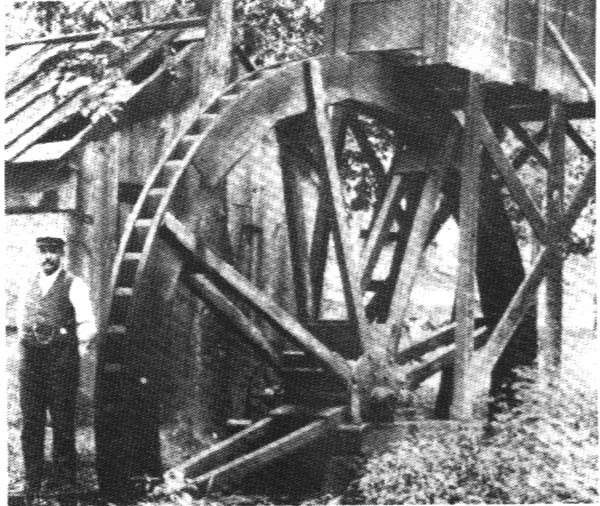
The water wheel constituted a
major advance in the material betterment
of the human race. More
generally, it marked the transition from doing work
by applying human and animal
muscle power to doing it by harnessing
the forces of nature (e.g. the
energy of swift moving or falling water).
Although the Romans were using
water-powered mills for grinding wheat
into flour as early as the first
century A.D., it was not until the 10th century
that western Europe began to
make extensive use of them.
Water-power mills were used extensively
in Europe, America,
and elsewhere into the late
19th century -- for grinding wheat and other
grains into flour, fulling wool,
operating bellows for blast furnaces,
and powering textile mills and
numerous other factories.